MS Analytics
Be a pioneer in analytics, data management, and predictive modeling to transform knowledge in your organization. Learn through an executive style environment for working professionals who want to improve their careers and pioneer analytics within their organization.

Mays MS Analytics Rankings
Academic Overview

The MS Analytics program is a 5-semester part-time program that focuses on applying statistical modeling methods to big data and to solve business problems. Designed for working professionals, the program is taught face-to-face at Houston CityCentre and live video streaming on Tuesday and Thursday evenings.
Degree Details
Credit Hours: 36
Class Type: In-Person/Online
Location: Houston CityCentre /Online
Admissions
Below is a list of application requirements and information for pre-requisites for each applicant.
- GPA
- Resume
- Essay
- Unofficial transcript
- Attend information session
- Prerequisites

Apply To Mays
Fall 2025 Entry – Applications Are Open
Program is only available to US Residents.
Priority 1 Application | Deadline: October 25, 2024
Priority 2 Application | Deadline: January 21, 2025
Priority 3 Application | Deadline: March 28, 2025
Final Application | Deadline: June 27, 2025
Tuition and Financial Aid

Earning an Master’s Degree is truly an investment in yourself and your career. Use our tuition calculator to estimate your cost or contact our program team. Financial aid can include federal, state, institutional, and private sources that assist eligible students in funding their education. We encourage you to review information available from the Texas A&M University Office of Financial Aid for additional information.
Learn More
Texas Resident Tuition: $65,000*
*This amount is subject to change and does not reflect the cost of books, living expenses, or other incidental expenses. Texas A&M University’s official resource for tuition fees is the tuition calculator.
Explore MS Analytics

Give
Give To MS Analytics
Our Development team can help you tailor a gift that fulfills your long-term charitable and financial goals. We would be happy to discuss these and any other options with you and your advisors. Gifts made payable to the Texas A&M Foundation are considered charitable contributions for tax purposes and qualify as income tax deductions to the extent allowable by law.
We are looking forward to your gift to Texas A&M MS Analytics. Please choose whether you would like to give via the Development office or online.






